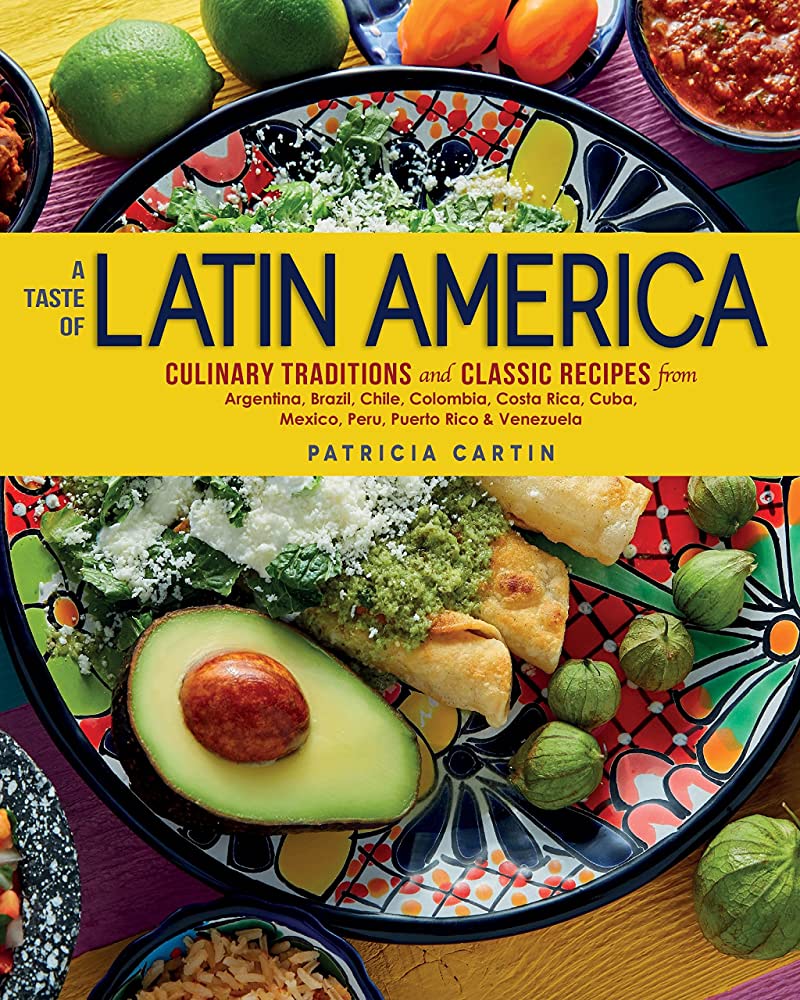Mexican and Peruvian cuisines share some similarities but are vastly different. Mexican dishes often use fresh vegetables, meat, beans, corn, and a variety of herbs and spices, while citrusy flavors, potatoes, corn, and unique Peruvian spices like aji amarillo, cumin, and huacatay are featured in Peruvian cooking. Mexico offers a broader range of dishes like tacos, burritos, quesadillas, nachos, and enchiladas, while Peru is marked by its spicy flavors and use of potatoes with dishes like ceviche, lomo saltado, and papas a la huancaina. Both cuisines offer a taste of Latin America’s diversity and culture.
Mexican vs. Peruvian Food: A Taste of Latin America’s Diversity
When it comes to Latin American cuisine, there are few places as renowned as Mexico and Peru. Both countries offer a broad range of dishes that demonstrate their culture, history, and unique ingredients. Mexican and Peruvian food share some similarities, but they also have many differences that set them apart. In this article, we will compare and contrast Mexican and Peruvian cuisine, giving you a taste of the diversity present in Latin American food.
Ingredient Differences
One significant difference between Mexican and Peruvian food lies in their ingredients. Mexicans utilize a variety of fresh vegetables like tomatoes, onions, and avocados, as well as meat, beans, and corn. Mexican dishes also feature a variety of herbs and spices, including cilantro, oregano, cumin, and chilies. Peruvian cuisine is marked by citrusy flavors, the use of potatoes, and corn. Spices such as aji amarillo, cumin, and huacatay are featured in Peruvian cooking. Aji amarillo is a unique chili pepper found in Peru that contributes to the country’s distinct spicy flavor profile.
Mexican Dishes
Mexican food is known for its diverse range of dishes that vary depending on the region. One of the most famous Mexican dishes is tacos, which can be made with various fillings such as beef, pork, chicken, or vegetables. Other popular Mexican dishes include burritos, quesadillas, nachos, and enchiladas. You will find that Mexican cuisine often makes use of beans, rice, cheese, and tortillas in their dishes. Mexican cuisine also has a wide range of desserts like flan, churros, and arroz con leche.
Peruvian Dishes
Peruvian food has become increasingly popular in recent years, thanks to its unique flavors and ingredients. Peruvian dishes include ceviche, which is a dish of raw fish marinated in lime juice, chili peppers, and onions. Another famous Peruvian dish is lomo saltado, a stir-fry of steak, onions, and tomatoes served with fries and rice. Another famous Peruvian dish is the potato-based dish, papas a la huancaina. Peruvian desserts are equally notable, including alfajores and tres leches cake.
Spiciness Level
Both Mexico and Peru’s cuisines have a reputation for being spicy. Mexican cuisine often uses a variety of chili peppers, whereas the spiciness in Peruvian food comes from the aji amarillo. While Mexican cuisine is undoubtedly spicy, some of its dishes, such as quesadillas and tostadas, can be rather mild. In contrast, Peruvian cuisine relies more heavily on the aji amarillo, which can make dishes quite spicy. However, many Peruvian dishes are also balanced out with citrusy flavors.
Conclusion
Mexican and Peruvian food may share some similarities, but they are vastly different. Both feature a unique range of spices, ingredients, and preparation methods that make their dishes stand out. Mexican cuisine offers a broader range of dishes, while Peruvian cooking is marked by its spicy flavors and use of potatoes. Whatever your preference, both cuisines offer a taste of Latin America’s diversity and culture.
